Design Elements to Consider when Selecting a Check Valve
Check valves perform a crucial function in pumping systems by permitting the forward flow of water when open, and preventing reverse flow when shut. When selecting a valve for your water and wastewater pumping system, you will likely want one that not only executes this task, but also does so efficiently.
Check valves should minimize energy consumption and also protect the system from pressure surges caused by water hammer. They should also suit your particular application. The two common types of check valves to examine are silent or in line check valves and swing check valves.
Silent Check Valve Elements
Silent check valves are characterized by a spring-loaded disc that stops the reverse flow of water in just a tenth of a second. The major benefit of this design is that it allows the valve to shut quickly and noiselessly. These valves are also cost effective, reliable and automatic.
Some silent check valves have a higher head loss than swing checks. They also do not provide information to remote monitoring systems about their status. For applications where noise and convenience are a major concern, however, the pros of using a valve with a spring-loaded design may well outweigh the cons.
Swing Check Valve Elements
Another type of check valve to consider is a swing check valve. Swing check valves utilize a disc that pivots around a hinge. They are not powered by spring, but rather the natural force and direction of water flow. Swing Check valves are very prone to slamming.
Some swing check valves are assisted by an external spring, counterweight, or hydraulic or air cylinder to prevent this from happening. Aside from this flaw, swing check valves are automatic and feature lower head loss. They are the most common types of check valve today because they are easily obtainable, cost-effective, and efficient.
Pump Control Valves
Pump control valves are not check valves at all, but are automated valves working in conjunction with the pump and its control system. These valves require electrical wiring, an air, hydraulic or electrical supply for the actuator and control circuits.
They are large and heavy, and often require concrete pads or additional pipe supports to support their additional weight. They are often quarter-turn valves because of speed of closure and use an electric motor or hydraulic or pneumatic cylinder to open and close the valve.
Pump control valves, especially when part of long piping systems, are used to specifically prevent pressure surges that result from pump shutdown. While they can be costly to implement and maintain, they can handle high velocities of fluid and can also be designed with fail closed actuation to shut the valve and stop the flow safely in the event of a power failure. The negative is that they are significantly more expensive than a check valve and may not provide protection during a sudden pump shutdown (trip).
Choosing the Right Check Valve for Your Application
The viability of using a check valve depends on a number of design factors, as well as the suitability of the specific design of the check valve for your particular pumping system.
Different check valves also have different requirements regarding space, energy and maintenance. Identifying your specific needs and limitations will help you determine the right type of check valve for your water or wastewater pumping system.


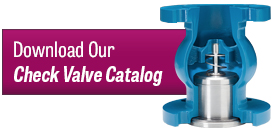




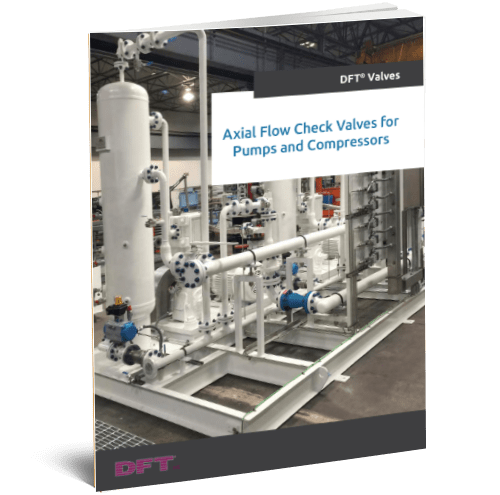
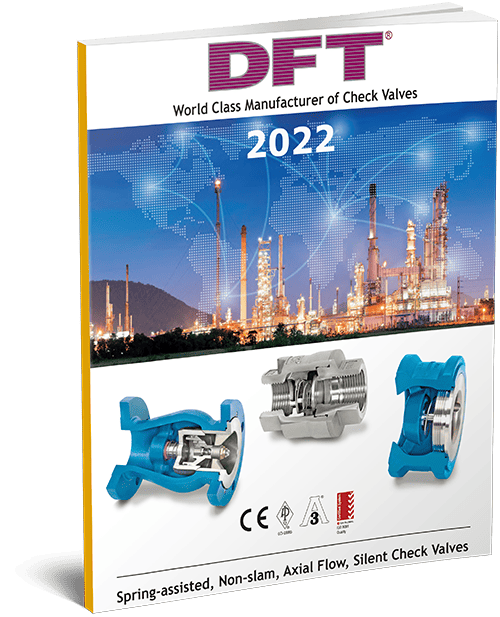
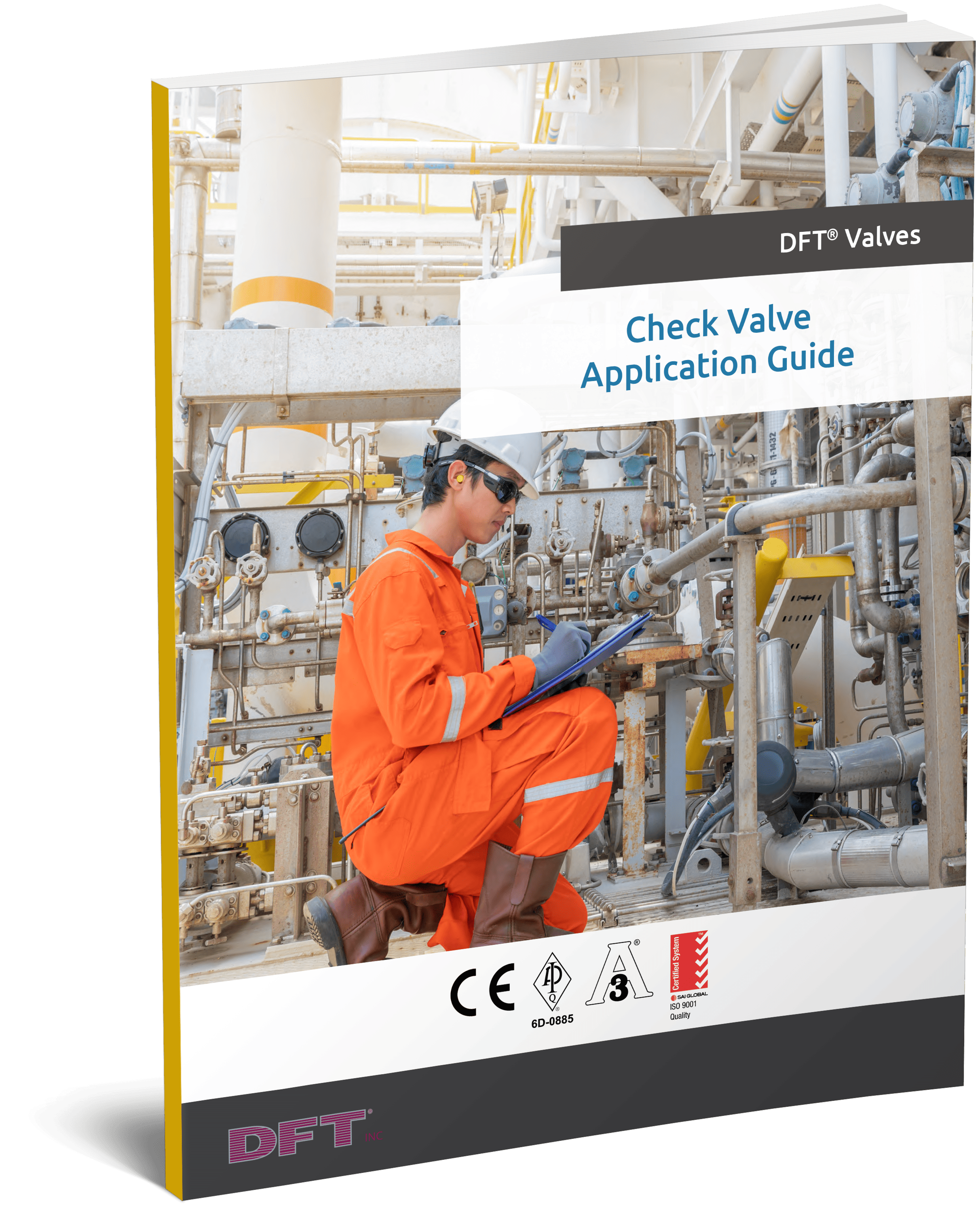

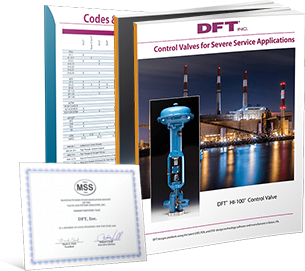
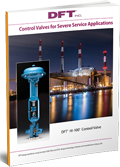
Comments are closed